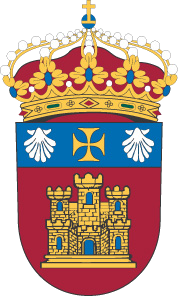Por favor, use este identificador para citar o enlazar este ítem: http://hdl.handle.net/10259/10171
Título
Practical guide for the use of non-gendered language in English, Spanish, French, Italian and Portuguese
Autor
Publicado en
Educación y expresión en sociedades inclusivas. El camino hacia la diversidad. p. 101, 115
Editorial
Dykinson
Fecha de publicación
2024
ISBN
978-84-1070-440-4
Abstract
In many languages, the grammatical masculine is considered neutral,
while the feminine form is marked with a suffix to express female
gender, therefore positioning women as a variation of the masculine
(Criado, 2019), as can be seen in the English words “steward” and
“stewardess”, for instance. In other instances, the masculine form of the
word encompasses women, as in “guys” in English or “todos” in
Spanish, which is used even if there is a majority of females in a group.
Materia
Educación inclusiva
Inclusive education
Igualdad
Equality
Lengua inglesa
English language
Versión del editor
Collections











